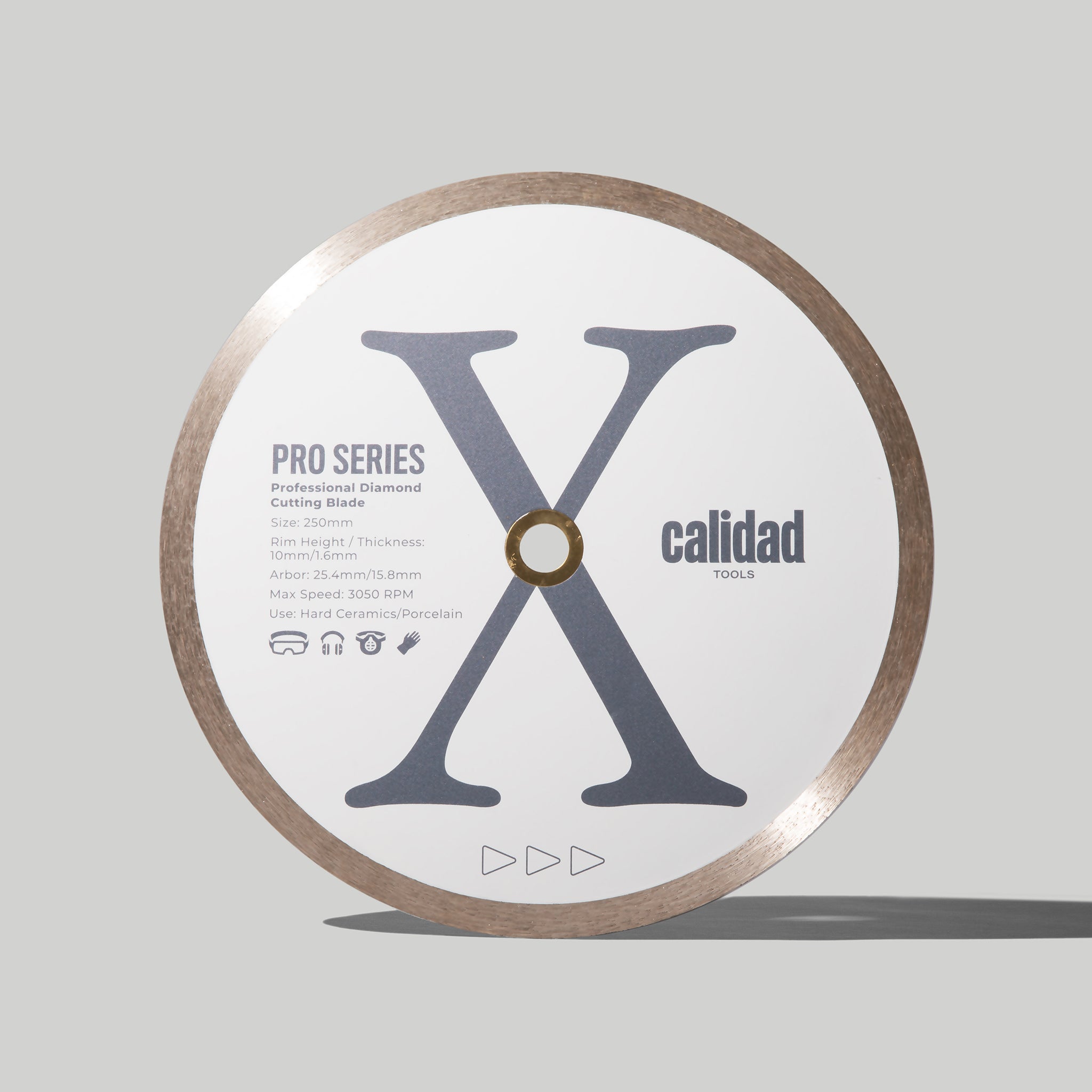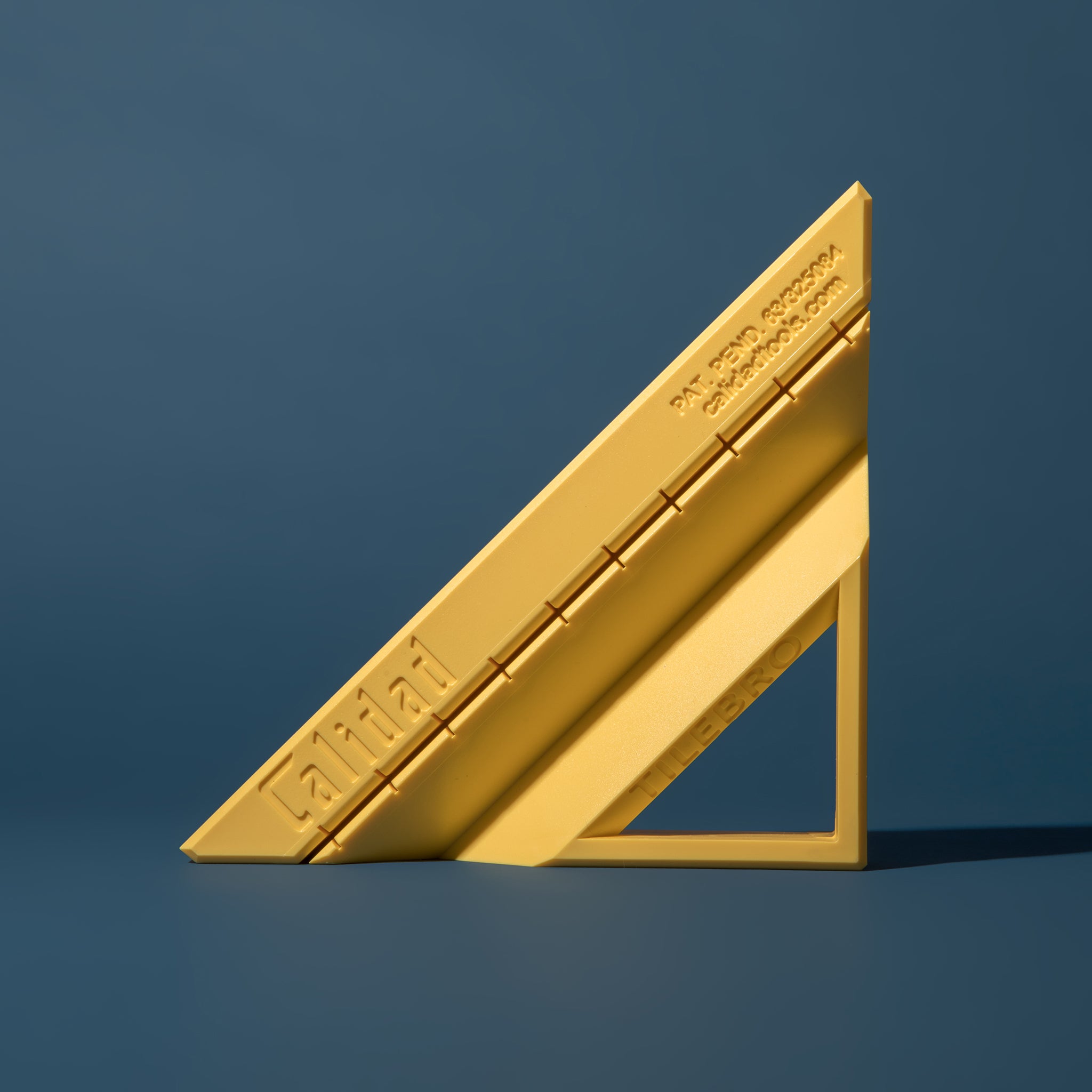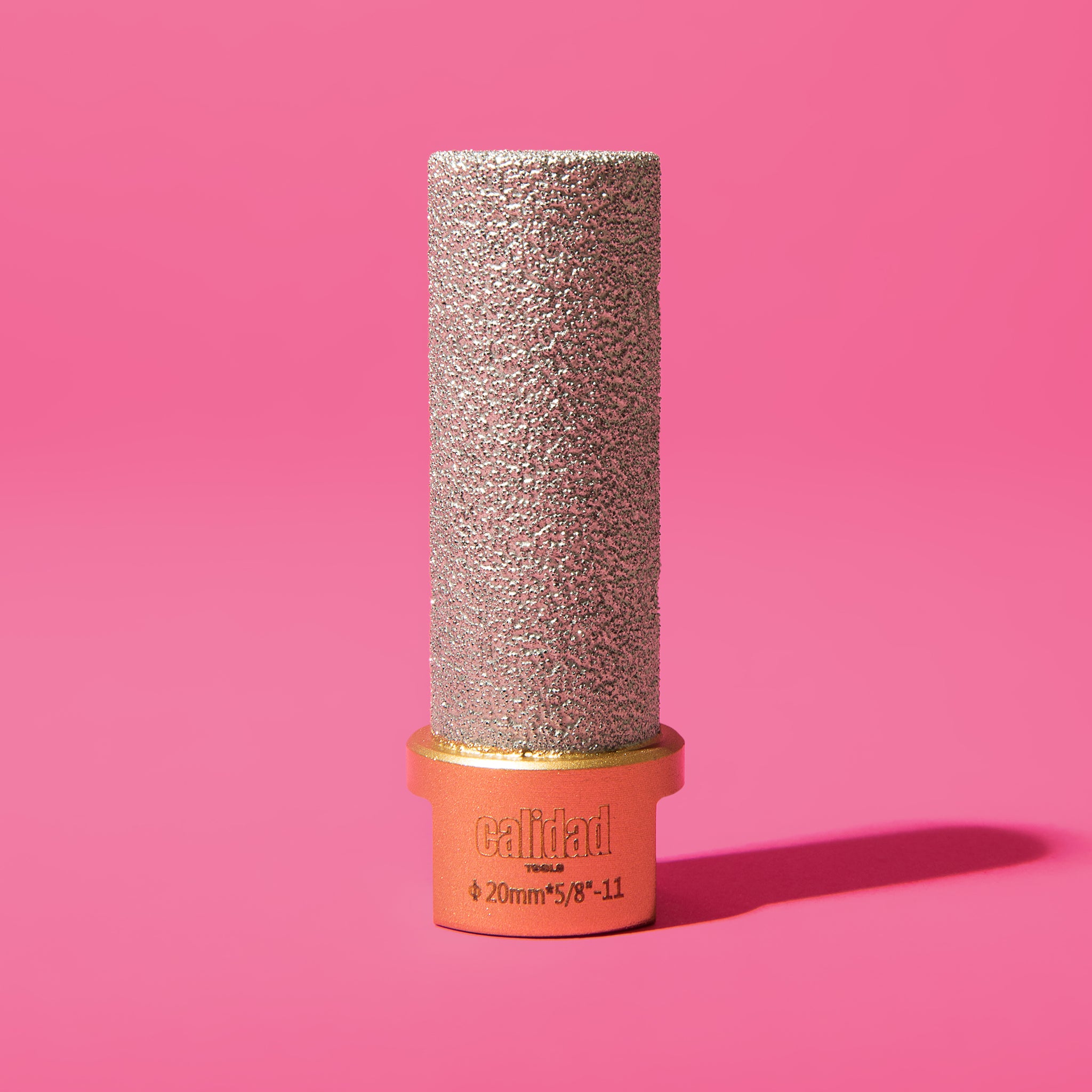What's The Difference Between Cement, Mortar, And Concrete: A Complete Guide

Despite them being one of the most often used materials in construction, there is an alarming number of people who have trouble finding a difference between mortar, concrete, and cement.
To make things even more complicated, most experienced builders and contractors use these terms interchangeably - which brings tons of confusion to DIYers and newbie builders.
So, let me spill the beans and give you the basics before I get to the nitty-gritty - concrete is a mix of cement, water, and aggregates.
Cement is nothing more than an incredibly fine binding powder that's used to make concrete. Lastly, mortar is just a mix of cement, water, and sand.
In this article, I'm going to go in-depth on the differences between these materials and what they are best used for, and I'm going to finish it all with a short tutorial on how to mix mortar.
Difference Between Cement, Mortar, And Concrete
You've probably got a basic idea what's the difference between cement, concrete and mortar in the intro. Now let's delve a bit deeper into these materials and see what they are, what they're best used for, and how they're made.
What is Cement?


Cement is the main ingredient in most construction materials. This material is the binding ingredient for both concrete and mortar. Although cement is a vital part of every concrete mix, it's not exactly correct to call concrete cement since the latter has other ingredients.
What's Cement Best Used For?
Cement, a fundamental construction material, serves as a key component in various applications due to its versatility and strength. In other words, you wouldn't have concrete without cement.
Historically, cement has been a traditional component of concrete, primarily employed in construction. However, during the 20th century, it found additional applications in encapsulating and mitigating the impact of radioactive waste materials.
Cement plays a pivotal role in the formulation of mortar and screeds, contributing significantly to diverse design and construction processes.For instance, the world-famous Portland Cement provides substantial structural integrity.
The adhesive properties of this type of cement contribute to the cohesiveness of construction materials, guaranteeing stability and longevity.
What Is Cement Made Of?
Conventional cement comprises a blend of oxides and lime or calcium silicates, promoting a chemical reaction when combined with water and aggregates, resulting in the formation of what we recognize as concrete.
In the case of cement that undergoes hardening solely through exposure to the ambient air, its chemical composition exhibits slight variations.
What Is Concrete?

Concrete is composed of cement, water, aggregates, and other ingredients such as sand and gravel. This material dates back thousands of years.
The Romans used it in the construction of all kinds of stuff - from buildings to aqueducts and bridges.To this day, concrete is a crucial building component of just about any building. It's used for building house foundations, driveways, skyscrapers, and more.
What's Concrete Best Used For?
The uses for the material we know as concrete are almost endless. This material is strong, durable, and incredibly cheap to produce. This makes it ideal for building large structures that need to support heavy loads. What's more, with proper care, concrete can last for hundreds of years.
Concrete is used in almost every construction project. It's used to build bridges, roads, drains, and drains below the road. For smaller projects, concrete is used for driveways, making foundations, and paving slabs.
What Is Concrete Made Of?
Concrete is nothing more than a mix of water, sand, gravel, and cement. You can customize the mix for a particular project by adjusting amounts and adding specific materials.
Concrete is available pre-mixed and ready to be poured directly into the desired location.Alternatively, you can opt to have it mixed on-site to make specific adjustments based on your needs.
If you're planning on using concrete in your next building project, I recommend you get premixed concrete since that will save you a lot of time and money.
What Is Mortar?
Mortar is very similar to concrete. However, mortar is not as strong as concrete, which is why it's mainly used as a bonding agent.

What Is Mortar Used For?
Primarily used in brickwork, mortar binds bricks, tiles, and masonry units together while offering a gentler finish compared to concrete. This ensures a slight flexibility in the material to accommodate shifts in brickwork and structures over time.
You can also use mortar to install tiles to drywall or flooring. It isn’t as good as tile adhesive, but it gets the job done.
Due to its thicker consistency, mortar is more manageable and can be easily positioned. Whether constructing a new building or repairing existing mortar, it can be applied using a trowel, such as our NotchTile Standard Trowel, without the need for pumping.
The softer finish mentioned earlier enables it to endure slight shifts over time without necessitating structure replacement.
What Is Mortar Made Of?
Just like concrete, mortar is a mix of cement, water, fine sand, and limestone. There are tons of variations on the recipe, and each is made to fit distinct tasks and structures.
It's crucial to acknowledge that mortar, while valuable as an addition to a project, isn't as strong as concrete, making it more suitable as a supplementary rather than a primary building material.
How To Mix Mortar?


When it comes to mixing mortar, you have two ways.The old method involves taking Portland cement, adding hydrated limestone, and mixing it all with fine sand.
The newer method involves mixing masonry cement and fine sand. Masonry cement is just Portland cement already mixed with lime and other aggregates.
No matter which cement you use, the result is the same. With all the ingredients talk out of the way, let's cover how to mix mortar.
1. Measure out the components: Portland cement, sand, and water – a classic ratio is 1 part cement to 3 parts sand.
2. Toss all the ingredients into a wheelbarrow of a mixing tray.
3. Blend the dry goods evenly, creating a uniform powder.
4. Add water gradually, stirring as you go. Aim for a creamy consistency, not too runny or stiff.
5. Apply the mix within 30 minutes before it sets. Keep it damp for a few days for optimal strength.
Boom - you've just concocted mortar like a seasoned mason.
Which Type Of Mortar Should I Use?

Generally speaking, there are three types of mortar: M, S, and N. Type M mortar can achieve a compressive strength of 2500 psi after 28 days of setting. Type S mortar can achieve 1800 psi, and type N can achieve 750 psi after 28 days of setting.
So, which type of mortar for the masonry should you go for? It all depends on the type of project. Commercial projects typically specify the type to use. On the other hand, for DIY projects, type S is often a reliable choice.
If you have trouble figuring out what type of mortar you need, there's a good rule of thumb. Go for Type N mortar if the wall isn't load-bearing, like an interior divider.
Opt for Type S if the wall is below grade or supports the roof or multiple stories of brick or block. Never go for Type M since it's used in specific large-scale commercial projects.
The Right Tools for the Right Materials - Final Thoughts
Understanding the distinct roles of cement, mortar, and concrete is essential for effective construction work.
When you start your next building project, remember that the success of your endeavor relies not just on selecting the right materials but also on using the right tools.
Calidad Tools is here to equip you with high-quality, reliable tools and resources that ensure your projects are built to last.












